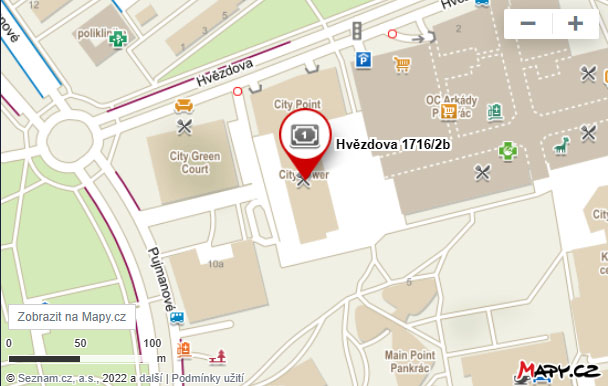According to a recent report (Digitalisation in Europe 2022-2023: Evidence from the EIB Investment Survey), in 2022, more than half of EU companies (53%) took steps to improve their digital presence.
In 2022, 69% of EU companies used advanced digital technologies such as robotics, big data analytics, and artificial intelligence, compared to 71% of US companies. Over the past four years, the backlog has steadily decreased.
Digital businesses are more resilient to trade disruptions and more proactive in managing them. And the operating environment of the companies strongly influences digitization efforts. Businesses operating in an increasingly digitally innovative environment were more likely to invest in digitization in response to the pandemic.
Cross-border collaborations such as the Central European Automation Holding (CEAH) and its member companies – providing professional and comprehensive automation solutions in Central Europe from the automotive industry to the food and pharmaceutical industry to commerce – play a significant role in digitization.

